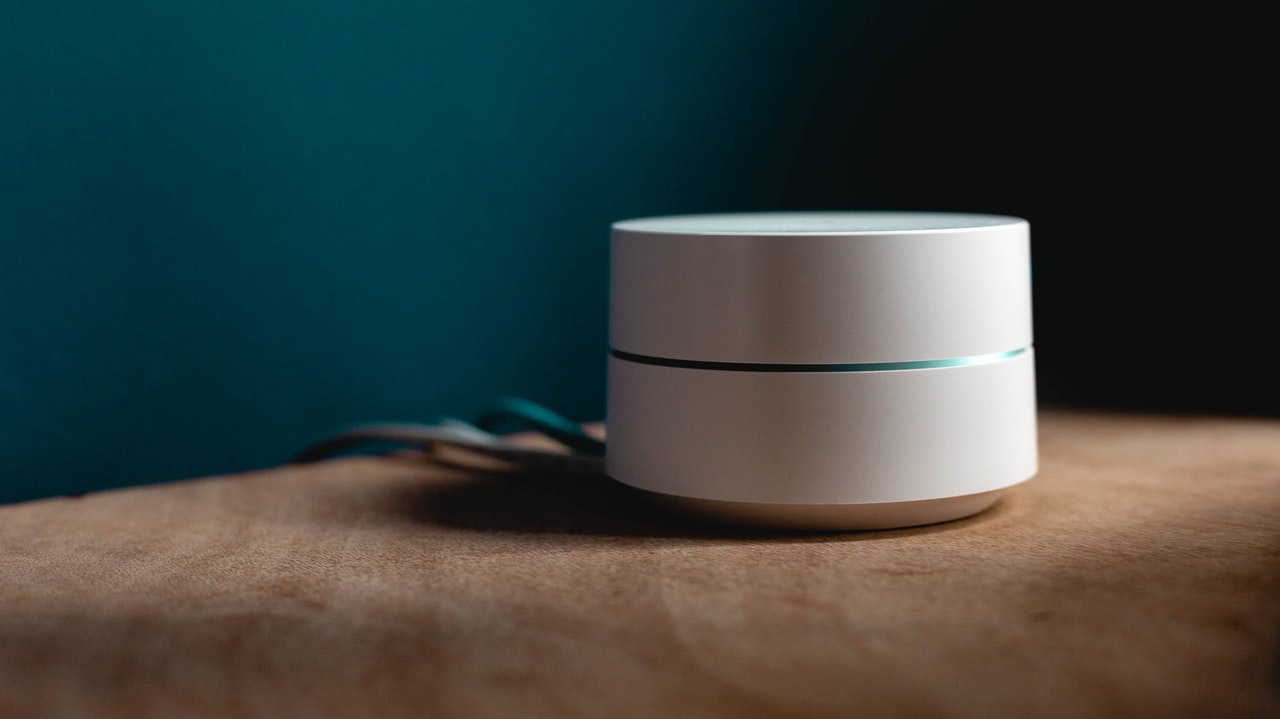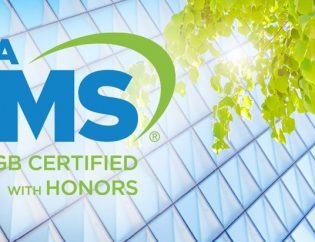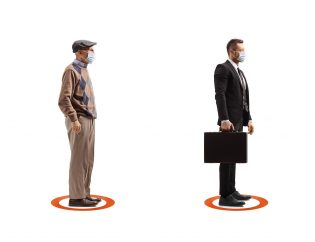
Io…what? If you haven’t yet come across the term IoT or Internet of Things, it’s likely that you soon will. Even if you are familiar with the term, you may be wondering just what the Internet of Things is all about and how it will be applied to the Facility Services and Facility Management industry.
Defining the Internet of Things
Essentially, the Internet of Things requires an expansion of our idea of ‘the web’. With modern broadband technology available, it’s very easy to connect, which provides the possibility of moving towards connecting everyday ‘things’ (like your coffee maker) rather than ‘devices’ (like your computer) to the internet. As Jacob Morgan explains in a recent Forbes article, ‘The IoT is a giant network of connected “things” (which also includes people). The relationship will be people-people, people-things and things-things.”
How IoT Will Redefine Facility Management
With the relative ease of connectivity available, it’s estimated that by 2020, more than 24 billion internet-connected devices will be connected around the world. To put that in perspective, that’s more than 4 devices for every human on earth!
It’s clear that the Internet of Things will certainly have implications for the way we live, work and play. It will also likely lead to some major shifts in the Facility Services and Facility Management industry. Many are predicting that the Internet of Things will revolutionize the industry and lead to improvements and expanded opportunities.
As noted in the article ‘What is IoT? How Smart Building Technology is Changing Facilities Management’, the key benefits of the Internet of Things is the ability to introduce flexibility and observability.
By monitoring key things like workspace use or peak usage, IoT enabled sensors can track trends in real time and adjust accordingly. For example, in the case of a recreation centre, usage levels can be tracked and monitored, noting the peak times for each facility. Based on this information, cleaning schedules or other on demand-based tasks can be scheduled to coincide with these peak times.
This, of course, is just one example of the limitless possibilities available as we start to transition into more IoT enabled and powered environments. Although we may not be able to predict exactly how IoT will shape our lives and our industry in the coming years, it’s clear that this technology will have an important impact and create change in multiple facets of our lives.
Have you hopped on board the IoT train? How have you implemented IoT technology at work or in your daily life? Share your thoughts and experiences with us in the comments below.






